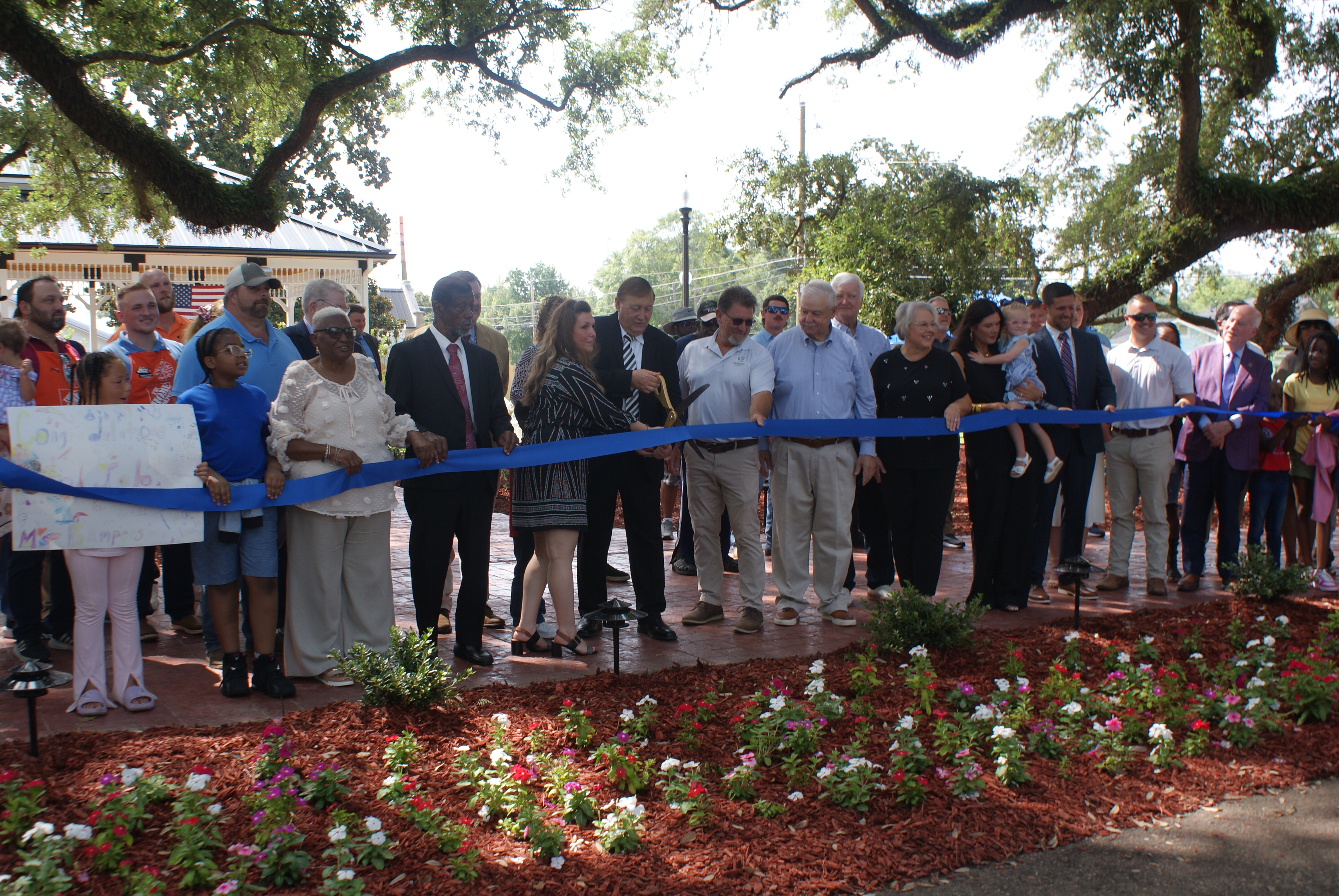Pigott’s satsuma orchard is long way from China and Japan
Published 1:52 pm Tuesday, December 22, 2009
Have you ever eaten a satsuma cake?
Or, what does a Buddhist monk have to do with the cultivation of one of South Mississippi’s and South Louisiana’s most famous crops?
Or, did you know that one time, during the 1930s, L.O. Crosby, Jr. and some area farmers, tried to get off the ground a satsuma cash crop operation here, but it finally failed when a cold snap wiped out all the trees?
At one time, though, train car loads of satsumas were shipped out of Picayune.
At one time during the 1930s, Pearl River County could boast 300 acres of satsumas. When you consider how much one tree bears, that is a lot of satsumas.
At one time the McNeill Experiment Station pushed the idea here, too.
While the large production of the fruit — which in many peoples’ minds is associated with Christmas and the Fall, or cool weather — is no longer the case here, there are still a few farmers who like to grow and sell the fruit, like Vernon Pigott, who lives on Pigott Lane about two miles east of Picayune.
Pigott, who built power lines for a living and farmed, when it came time to retire, began rolling around in his head what type of crop would be good to generate a little income during his retirement years, and also keep him busy.
He settled on satsumas.
“I talked about it for a while, and finally decided to try it,” said Pigott. His wife is the former Dorothy Beard of Waynesboro.
He now has three acres containing about 300 trees.
Now that might not seem like a lot, but one time Pigott counted harvesting 25 five-gallon buckets of satsumas off one tree. Each five gallon bucket contained about 23 pounds worth of satsumas. That’s 575 pounds off of one tree.
Now, says Pigott, he did not average that off every tree.
However, multiplying 575 pounds. by 300, you get an estimated harvest of 172,500 pounds off of 300 trees.
“It is very difficult to calculate precisely how much 300 trees produce, but it is a lot,” said Pigott, who sells the satsumas in 12-to-15 pound bags for $10 a bag, a bargain.
You can call him at 601-798-3674, for directions to his place, or you can drive on Mississippi Highway 43 South about 2 miles south of town, hang a left on Pigott Lane and about two-tenths of a mile down on the right-hand side you will see an orange (of course) sign saying, “Pigott’s Satsumas.”
For those who have a GPS, enter 60 Pigott Lane, Picayune, Mississippi, and it will take you to his doorstep.
Pigott bought the trees from a South Louisiana nursery and planted them all at once. What hit the farmers of the 1930s, also hit him. A cold snap froze all of his grafts, but he nursed them back to health and in two or three years began harvesting.
He says it is not easy tending 300 satsuma trees. They have to be pruned, fertilized at a rate of about 10 pounds of fertilizer per tree per year and they have to be sprayed. Not only do humans like satsumas, about six varieties of bugs do, too.
His family helps him with the work, especially his son, Donald Pigott.
Pigott says the trees put on blooms in March and then go through three more growing cycles before the ripened fruit sets on the trees in October. Harvest time runs from October through December, and depending on the weather, on into January.
When the fruit is harvested, it is washed and sorted by size into bags.
After the harvest the job starts all over again, with the first step being cleaning up the orchard.
Vernon is one of the widely-known Pigott clan here. He had five brothers, all reared on the Pigott place in the Caesar Road neighborhood. His five brothers are Horace, Maurice, Laverne, Darris and Darrell. All are dead except he and Laverne. Laverne lives a little ways on further up Pigott Lane.
Their mother and dad were J.P. Pigott and Nancy Davis Pigott.
Now, what about the Buddhist and the cake? Oh, by the way, there also is a martini.
Satsumas, a cousin of the orange, were cultivated in China for thousands of years. Then a Buddhist monk carried a sample to Japan. From there in the 1880s, American embassy personnel sent samples to the U.S. and Europe. The satsuma is named after a Japanese province where it was first cultivated in Japan.
The cake recipe can be found by Googling “satsuma.” About four down, click on the “Off The Broiler” link.
Pigott’s satsumas are seedless.
Satsumas are grown all along the Gulf Coast and are grown in California and Florida as well. However, the biggest growers are in Southeastern Louisiana, mostly south of New Orleans along the Mississippi River.
Katrina hit the South Louisiana orchards hard but they are recovering.
With their glossy dark green leaf and bright orange fruit, the satsuma tree is also being touted as an ornamental. Its blooms are white and are aromatic. The longer the fruit is left on the tree, the sweeter it becomes. Satsumas are loose skinned and easy to peel.





